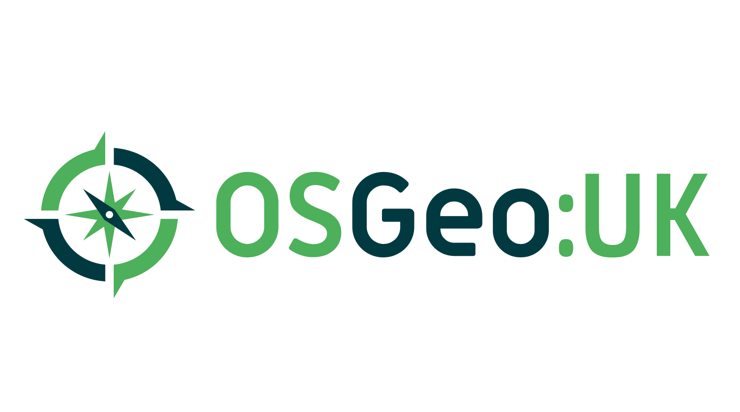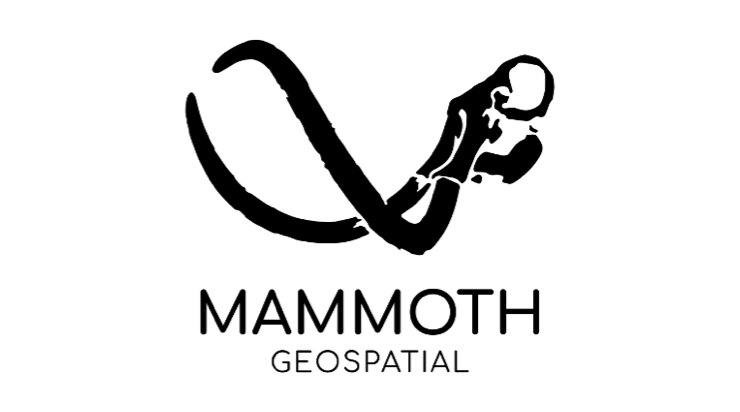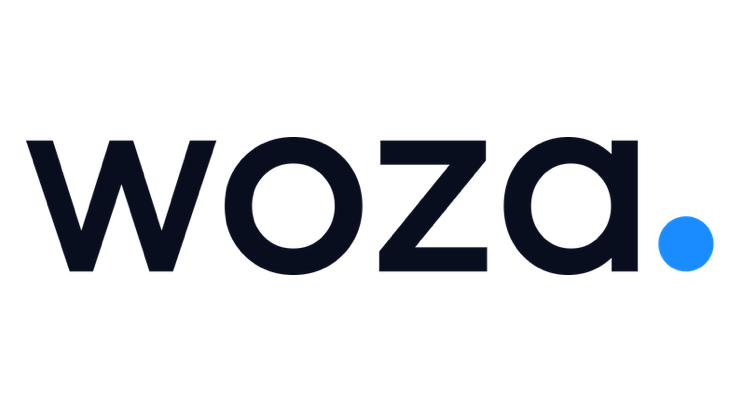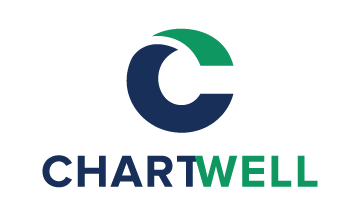Structure and Governance
- What is the Open Source Geospatial Foundation?
- The foundation, or “OSGeo” for short, is an independent not-for-profit legal entity established to support the needs of the open source geospatial community. The foundation will serve as an organizing body, a public technology commons, a development community manager, and event sponsor. Once fully established, the foundation will provide a legal and administrative framework to better support the ongoing development and promotion of open source geospatial data and technologies.
- What is the legal form of the foundation?
- The foundation is a membership-based corporation incorporated under the laws of the State of Delaware, USA. The foundation was expressly incorporated as a not-for-profit corporation, and intends to apply for tax exempt status under Section 501(c)(3) of the United States Internal Revenue Code so that financial contributions will be tax deductible in the United States.
- Who owns/controls the foundation?
- The foundation is a nonprofit entity and has no shareholders. Thus, nobody “owns” the foundation. However, the foundation does have charter members who, like the shareholders in a for-profit company, elect the foundation’s board of directors. The board of directors, acting together, manages the affairs of the foundation.
- Who are the members?
- The membership is composed from users, supporters, promoters, and developers of open source geospatial software. Becoming a member is as easy as joining the site and contributing to the foundation goals. Beyond members, there are currently over 300 charter members.
- Can I become a charter member?
- New charter members are nominated and elected by existing charter members during the annual charter member election.
- Can a regular member have any influence?
- Yes! First, a regular member can do everything a charter member can do, except vote in board elections. They can be members of committees and vote on them. They can speak up, and contribute in every other way. The foundation aims to be a do-acracy, and so the way to have influence is to do things! Ultimately, of course, the foundation will only succeed in its mission if the entire community gets involved — so please don’t hesitate! We need your help!
- Who are the board of directors?
- The Board of Directors were voted in an initial round by the initial foundation membership and then by the elected foundation members.
- Is the foundation controlled by Autodesk?
- No. Autodesk has provided generous support (legal, organizational and financial) to help establish the foundation, but only two charter members (including one board member) are from Autodesk. MapGuide Open Source, initially contributed to the foundation by Autodesk, is only one of eight initial foundation projects.
- What are the detailed rules of governance of OSGeo?
- OSGeo is governed by a board of directors elected by the charter members. The board selects a President, Treasurer and Secretary as officers with particular areas of responsibility. Projects are operated by Project Steering Committees which select a chair or board liaison who is designated an officer of OSGeo after confirmation by the board. The board also designates some special purpose committees responsible for particular areas with a chair who is an officer. Typical committees and projects operate fairly autonomously and largely by consensus. However, as needed, the board can step in to address issues inconsistent with the goals and responsibilities of OSGeo. By virtue of their selection of the board and new charter members, the charter membership are the ultimate authority at OSGeo.
- What is the relationship between OSGeo and OGC?
- OGC is a organization for creating geospatial standards, while OSGeo is an organization for promoting open source geospatial software and data. It is also an explicit goal of OSGeo to support and promote standards, including OGC standards. Towards that end OGC and OSGeo have signed a memorandum of understanding to facilitate cooperation, including OSGeo cooperation on implementing reference standards of OGC standards, and a mechanism for open source developers to participate in OGC standards development. Also of note is the Open Source and Open Standards paper explaining the two aspects of open supported by OSGeo and OGC respectively.
Open Source
- What is Open Source Software?
- Open source software is software where the source code is made available under a license that allows the modification, and re-distribution of the software at will. The precise definition of open source software used by the foundation is the OSI’s Open Source Definition, and a variety of additional information can be found at the Open Source Initiativeweb site.
- Is the foundation against commercial software?
- No. Open source software is commercial software. Much open source geospatial software is used in commercial projects by for-profit companies offering a variety of services. Free and open source software is quite compatible with commerce. Perhaps you were thinking of proprietary software?
- Is the foundation against proprietary software?
- Proprietary software is not open source. The foundation respects the important role that proprietary software plays in our industry, and is not trying to get rid of it, or the companies that produce it. However, the foundation takes the position that free and open source software can and should play an important role in the geospatial industry. Furthermore, having quality open source alternatives to proprietary software can be good for the end user, the industry, and even the proprietary software vendors. In fact, most proprietary geospatial software is built on open source software to some extent.
- Does OSGeo support “Open Source Software” or “Free Software”?
- Sometimes a distinction is made between “Open Source Software” and “Free Software”. “Open Source” is thought to emphasize the technical benefits of developing software with the source available for use with a set of guarantees. “Free Software” emphasizes the importance of the freedom to use, modify, and redistribute the software, and the societal benefits of those same guarantees. The foundation uses the name “Open Source” in its title and in some of its communications for clarity and simplicity’s sake, but it considers both the social and technical aspects of Free and Open Source software important.
Projects Joining the Foundation
- What software projects are currently part of the foundation?
- On its formation, the GDAL/OGR, GeoTools, GRASS GIS, Mapbender, MapBuilder, MapGuide Open Source, MapServer and OSSIM projects declared their support, and joined as projects in incubation. Since then GDAL/OGR, GRASS GIS, Mapbender, MapBuilder, and MapGuide Open Source have graduated as full projects from this list. Further projects have entered incubation and some have also graduated. See the “OSGeo Projects” for an official list.
- What does a project need to do to join?
- Projects need to go through the Incubation process to join the foundation. Details on how to apply, and how the process works are available on the Incubator web page.
- So when can my project join?
- The Incubator is now accepting applications to join the foundation. Only a limited number of projects can be effectively handled in the incubation process at a time, so please be patient.
- Do foundation projects need to sign over copyright to the foundation?
- No. Copyright to individual contributions in foundation projects is expected to remain with the original developer. However, assigning copyright to the foundation is an available option.
- Do project developers need to sign a legal agreement?
- No. Generally speaking this is not required, but some specific projects may require developers or their employers to sign a contributor agreement.
- Do foundation projects need to turn over project control to the foundation?
- No. The foundation is not interested in controlling foundation projects. However, foundation projects are expected to follow some foundation rules, mostly around the need to ensure that project code is not legally encumbered (e.g., not stolen, or improperly contributed), and that appropriate controls are in place to ensure code is properly contributed. Some additional expectations may exist around projects operating in an open and accountable fashion, handling foundation-provided funding appropriately and not taking actions that will cause legal problems or negative goodwill for the foundation. The foundation also encourages, but does not require, projects to support foundation goals, such as implementing standards-based interoperability.
- Can my project operate as a benevolent dictatorship?
- OSGeo projects are typically governed by a Project Steering Committee (PSC). The PSC should operate openly and with a consensus based approach. While the PSC may delegate specific responsibilities to particular project members it is ultimately intended to be the governing body for the project. A benevolent dictatorship is not considered a suitable open and consensus based approach to governance.
- Do I have to use mandated source control / web system / bug system / mailing list from the foundation?
- No. Projects joining the foundation can continue to use their traditional source control system, web site system, bug tracker and mailing list software. However, the foundation does offer these infrastructural components, and encourages their use to provide a more consistent way for users and developers to interact with the different foundation projects.
- Does the foundation mandate a particular license for software?
- The foundation only accepts projects that use OSI-certified licenses for their software, and requires that projects stick to OSI-certified licenses. This includes common licenses such as MIT/X, BSD, GPL, and LGPL. The foundation encourages library projects to use the LGPL or a more permissive license (such as MIT/X or BSD) rather than the GPL so that the libraries can be reused by non-GPL projects, but does not require it. The foundation also discourages a proliferation of new and incompatible licenses.
- Does the foundation mandate a particular license for content other than software, such as geodata, educational materials, documentation, etc.?
- The foundation accepts non-software projects that use Creative Commons or similar licenses for their public geodata, educational material, or promotional material. The foundation also discourages a proliferation of new and incompatible licenses.
Participation
- What can I do to get involved?
- Visit the OSGeo web site. Join the main foundation discuss list. Check out the Volunteers Needed wiki. You don’t need to be a programmer.
- How can I contribute code?
- The governance model currently being formulated will define the legal and related issues concerning how code will be accepted into foundation software projects. Individual Project Steering Committees will determine the criteria for accepting contributions within this broader legal framework. In the meantime, you are encouraged to participate on the mailing lists for the foundation projects.
- Does the foundation need money?
- The foundation is soliciting organizational sponsorships now. Once some organizational and financial details are worked out it will also be possible for individuals to make tax deductible (if in the USA) donations. However, contributions of time for committee work, development, documentation, testing, user support, and advocacy are the preferred form of contribution from individuals. Some countries have tax exempt organizations with similar goals to OSGeo that may be candidates for donations or that are willing to receive donations for OSGeo.
- May I used the OSGeo logo and name freely?
- Yes, but the foundation considers the OSGeo name, and logo to be trademarks, so please review the trademark guidelines and FAQ. The logos page has logos in a variety of styles and formats.





